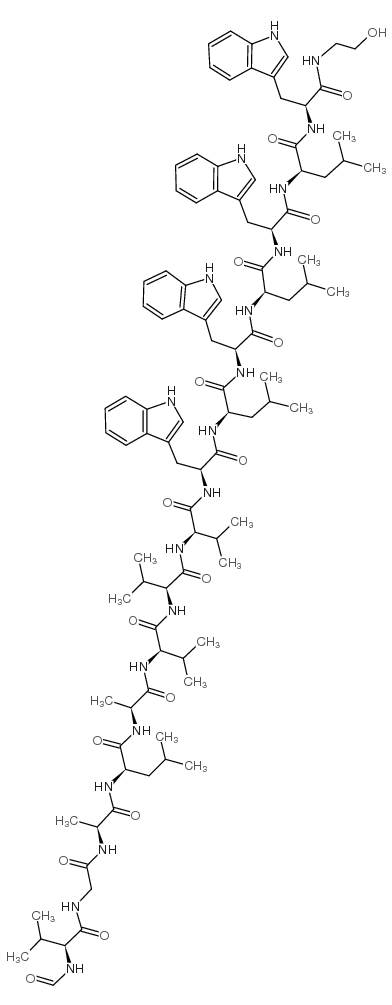| Structure | Name/CAS No. | Articles |
|---|---|---|
 |
Gramicidin TFA
CAS:1405-97-6 |
|
 |
Gramicidin A
CAS:11029-61-1 |